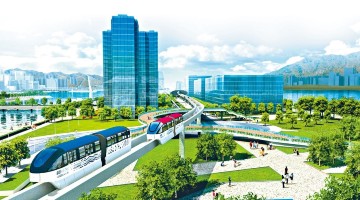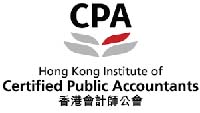
Today HK’s Civil Engineering and Development Department shares with Kowloon City District Council a proposal relating to the much delayed light rail line to run the length of the old runway at Kai Tak.
In terms of the timing, the proposal is still at only a preliminary stage so the timeframe for building the system drags on. Expressions of interest including tender conditions will be sought later this year from no doubt eager contractors. Construction completion is scheduled for perhaps as late as 2032 – almost 40 years after the govt knew that the land would become available in that the airport closed in 1998.
In terms of the technology, the rail line will be an innovative “green elevated transit system” although what this means has not yet been decided as different contractors will be offering different technologies. The govt spent 11 years and HK$90 million / $11 million thinking about a monorail before dropping the idea in 2020 in favour of a vague network of buses and moving walkways. But reviving the idea of some sort of rail is certainly necessary. Mindful of cost, Logie Group last year suggested a single line at grade with passing loops, concepts which ironically have been working with the Peak Tram and the tram network over the water for over a century.
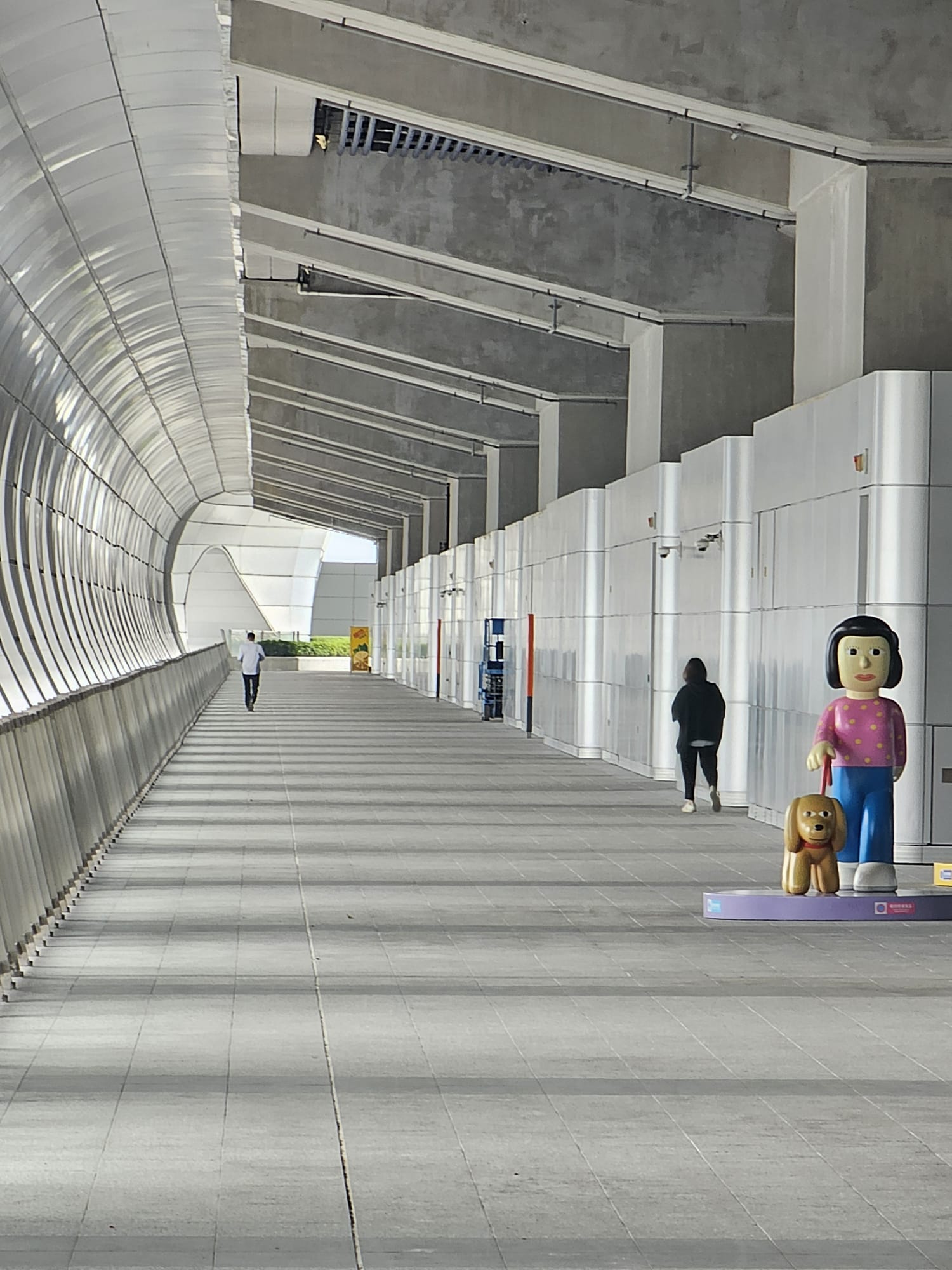
In terms of the route, this is to run from Kai Tak MTR station in the north through four stops such as the Sports Park due to open in early 2025 (i.e. next month’s Sevens should be the last at So Kon Po) before screeching into a dead – end at the orphaned Overseas Passenger Terminal in the south. Surely, it needs to connect to HK’s otherwise World – leading public transport network at the southern end too as proposed in previous iterations (see map). However, the govt thinks that linking to Yau Tong MTR interchange station, or perhaps Kwun Tong station, would be too expensive / technically challenging. But hey! This is HK where there are almost no limits to what can be built! A compromise of a footbridge over the mouth of the typhoon shelter then a 1 km travellator is not especially convincing either.
With so many variables still in play, no cost has been announced yet.
The whole planning process has been uncoordinated but now we are where we are and the OPT needs rescuing, the spectacular Sports Park would benefit from a second approach and one wonders whether any assurances were given to the developers of all the real estate being built in between.
The HK government is not alone in dithering over building rail projects. Consider just two recent examples:
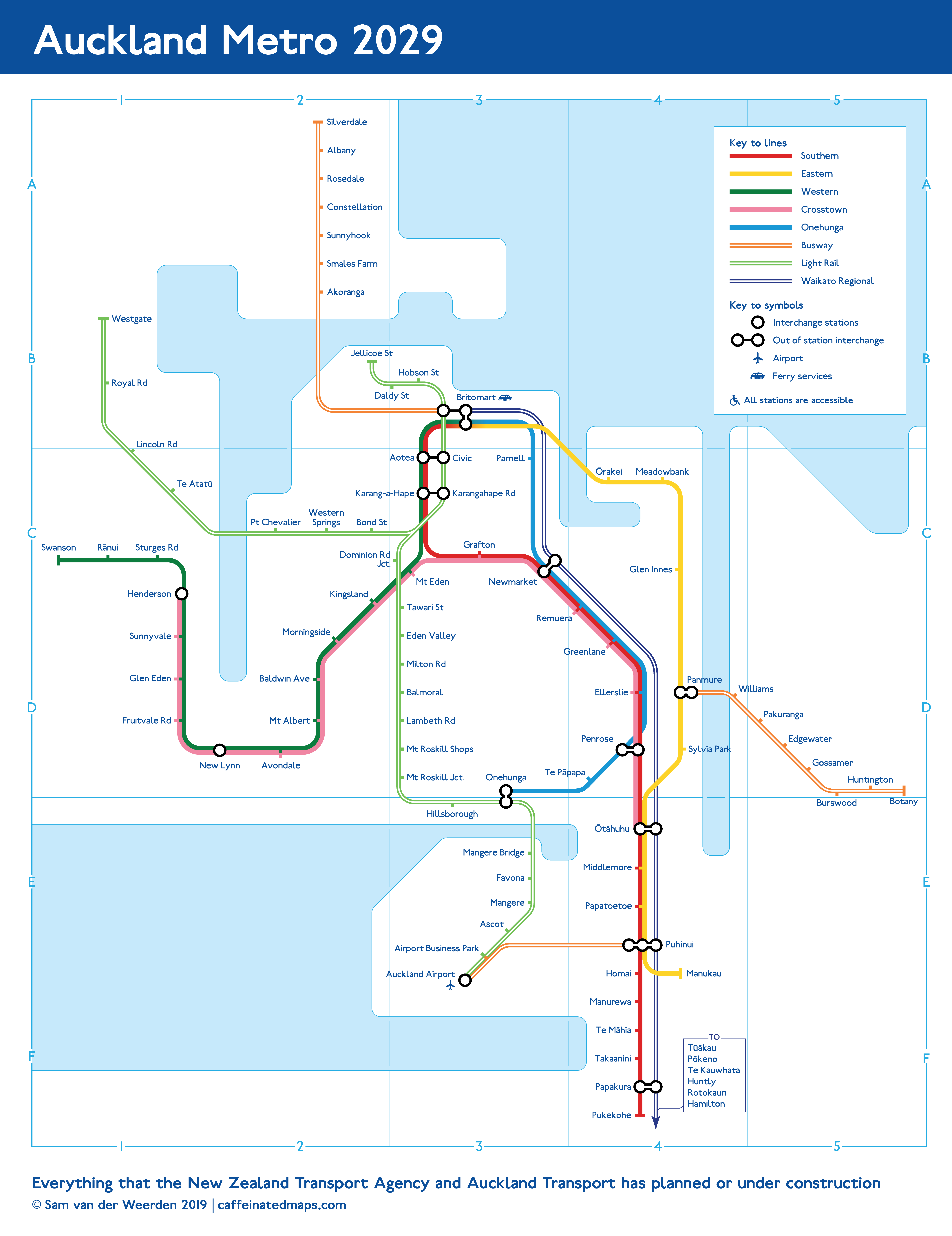
In January, the newly – installed three – way coalition government in NZ cancelled the Auckland light rail project altogether. NZ$228 million / $139 million had already been spent over the last six years without getting around to building anything. The first phase would have run for 20 km via 18 stations out to Auckland airport. AKL (or Taunga Rererangi o Tāmaki-Makaurau as Jacinda might have insisted) has to be one of a dwindling number of gateway airports in the region with no rail connection to the city so, at one level, the decision to cancel is surprising. It is less surprising, though, when you look at the cost of building out the broader network, last estimated at perhaps NZ$29 billion / $18 billion or NZ$17 million / $10 million per resident of Auckland and already up from NZ$15 billion / $9 billion.
Then there is the mother of all botched rail projects, namely HS2 in the UK. Only 170 km will now be built between Birmingham and Old Oak Common in western London – too short to make much of a difference to anyone – at a cost of (pick a large number and double it, maybe £67 billion / $100 billion or $1.5 million per resident of the UK, some of whom live a very long way away). One of many reasons for this cost is that HS2 paid for planners at councils along the route to evaluate its impact on them, many of whom then recognised the gift horse and demanded more tunnels which come in at ten times the cost of building the line at grade. ESG considerations are necessary, of course, but they come at a cost!
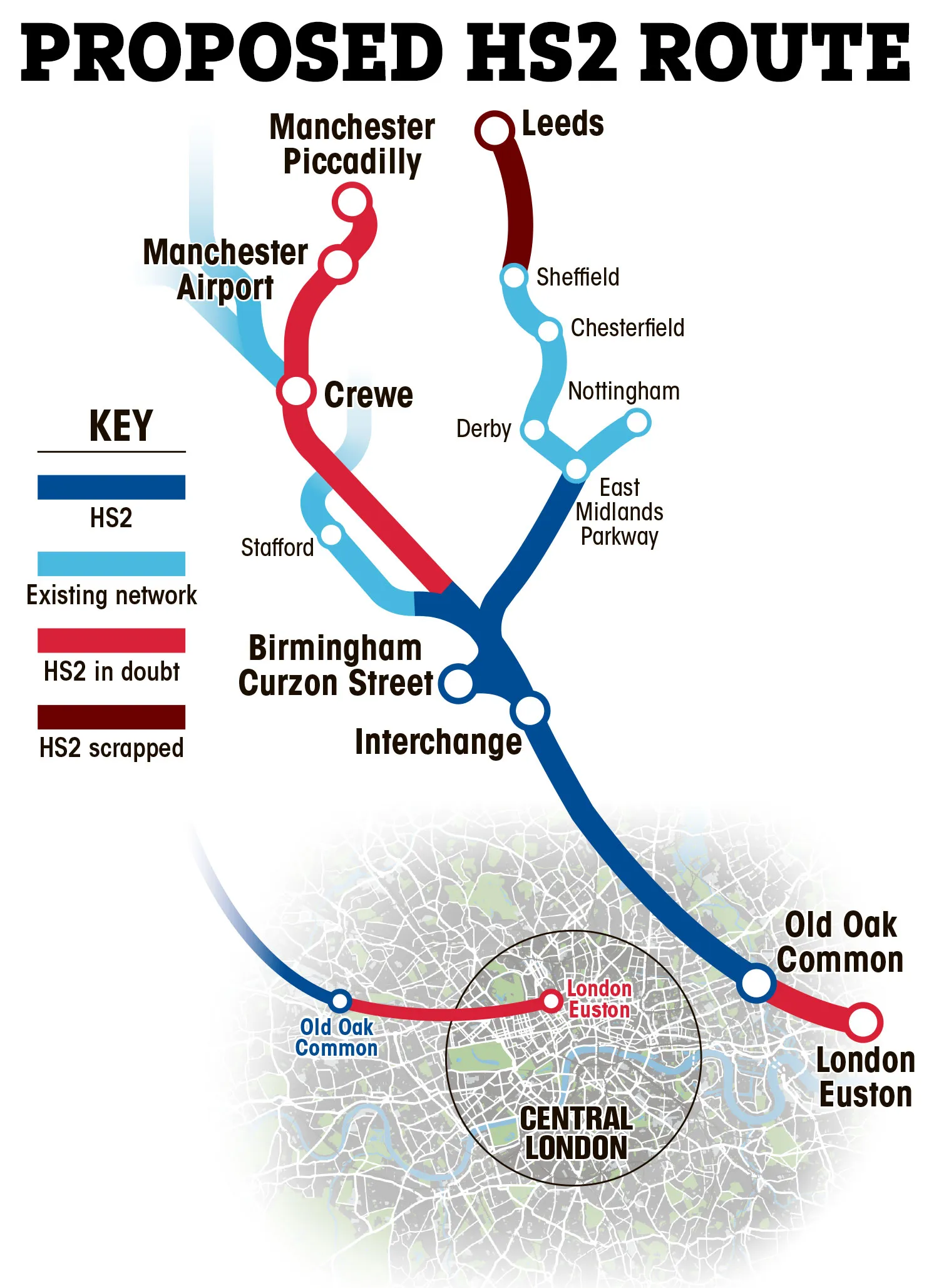
What to do next time?
- Make a fully thought – through, fully costed plan integrated with plans for development of the hinterland (i.e. establish passenger demand) and links to other transport (i.e. maximise network effect).
- Establish a timetable to coordinate all interdependent projects.
- As the HK govt will have done, allow for benefits not captured by the project when calculating investment returns. For a rail line, these externalities are chiefly the increased value of real estate made more accessible by building the rail line.
- Avoid the temptation to gild the asset and pay particular attention to spending on resumption of land.
- In terms of the financing, share with the private sector what risks can genuinely be transferred to it / accepted by it. The HK govt will have been thinking along these lines too.
- Then stick to the plan!
- … and forsake the generalists and employ Logie Group to advise on the proposed risk profile and split of public and private finance!
